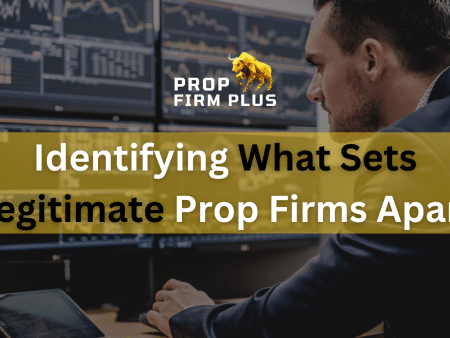What Is the Best Timing for a Payout?
There isn’t a “one size fits all” response to this excellent query. The amount you ask for in a payment request will, in all likelihood, differ from trader to trader.
Working with Topstep, a trader’s primary objective is to maximize profits. Although it may come out as greedy, the main reason we are here is to remove money from the markets and put it in our own pockets. In order to possibly profit from the markets, traders take risks, and just like in any other business, they want to be able to compensate themselves.
When withdrawing funds from a trading account, there are several factors to take into account, the most crucial of which is survival. The first question you should ask yourself before deciding to take money out of your account is, “How will this affect my ability to continue operating in the markets?” Put differently, you want to make sure that, in the event of a bad patch, the money you take out won’t interfere with your capacity to trade. Always make sure the quantity you are taking out feels right for you.
The simplest approach to determine how much to ask for is to consider what proportion of your total account you are withdrawing. Is 10% of the account value being paid to me, or am I withdrawing 50% of my account balance?
Most people’s payout preferences are based on their level of risk tolerance, or more precisely, how much they are prepared to lose or risk in a given trading day or trading week. When it comes to posting margin for their contract size, traders often like to keep their account balances at a specific level. “How much do I allow myself to draw down on my losing days?” is another important consideration.
Large-risk traders will want to have a higher account balance to prevent blowing it all in a week or even a single day. It may not be necessary for traders to keep a sizable account balance if they do not take on as much risk on any particular trading day. The size of a trader’s maximum risk on their losing days should dictate how much they keep.
An Illustration of a Payout Process
For instance, should a funded trader ask for $5,000 off their $10,000 trading account balance?
A low-risk trader who typically stakes only $250 a day may probably accept this $5,000 reward and use his $5,000 account balance without a hitch. Ultimately, he would need to endure 20 consecutive days of losing $250 in order to deplete the $5,000 sum. He probably won’t have 20 straight losing days. Furthermore, winning days typically exceed lost ones.
Perhaps he should have a greater account balance and refrain from obtaining such a big payoff if he is ready to take on more risk. If he seeks $5,000 and only leaves $5,000 in the account, he isn’t putting himself in a position to survive if, on bad days, he occasionally risks up to $1,000 trading. He can no longer trade and his account is at $0 if he has five days when loss is estimated at $1,000 or more. A trader shouldn’t take the chance of blowing up their account after a poor trading week.
When deciding how much to request and how much to maintain in their account, a trader should always calculate the number of losing days they might endure.
When it comes to managing your money when trading, paying yourself may and will be beneficial. Once more, it informs you that the Account Balance is actual money rather than simply a figure on a computer screen! It could also positively affect your decision-making throughout a deal. If, as of Friday, you were ahead of the week and had planned to get a payment, you may be more inclined to hold onto your profits and perhaps even back out of a deal you are doubtful about in order to guarantee that you close the week ahead of schedule. For further information check out Topstep’s payout policy.
Helpful Payout Parameters
For a $5,000 Account:
| Small Payout | $500 | 10% | Would not impact account balance much. |
| Medium Payout | $1000 | 20% | A plan is needed. |
| Large Payout | $1750 | 25% | Minimize daily risk. |
| Extra Large Payout | $2000 | 50% | Must scale back daily risk to trade safely. |
For a $10,000 Account:
| Small Payout | $1000 | 10% | Would not impact account balance much. |
| Medium Payout | $2000 | 20% | A plan is needed. |
| Large Payout | $2500 | 25% | Minimize daily risk. |
| Extra Large Payout | $5000 | 50% | Must scale back daily risk to trade safely. |
For a $15,000 Account:
| Small Payout | $1500 | 10% | Would not impact account balance much. |
| Medium Payout | $3000 | 20% | A plan is needed. |
| Large Payout | $3750 | 25% | Minimize daily risk. |
| Extra Large Payout | $7500 | 50% | Must scale back daily risk to trade safely. |
For a $20,000 Account:
| Small Payout | $2000 | 10% | Would not impact account balance much. |
| Medium Payout | $4000 | 20% | A plan is needed. |
| Large Payout | $5000 | 25% | Should minimize daily risk. |
| Extra Large Payout | $10,000 | 50% | Must scale back daily risk to trade safely. |











